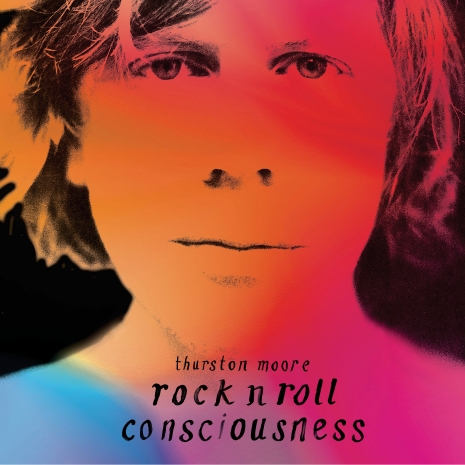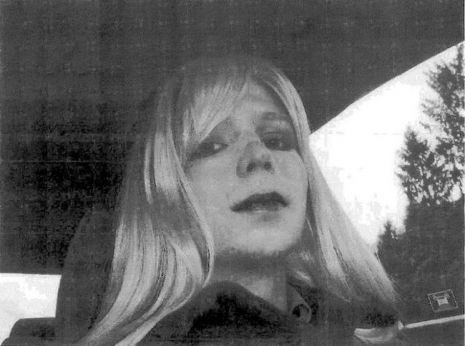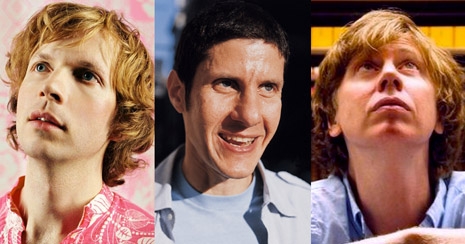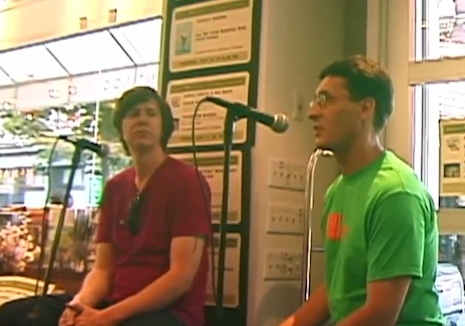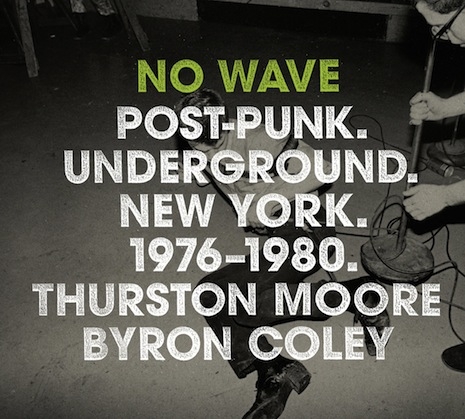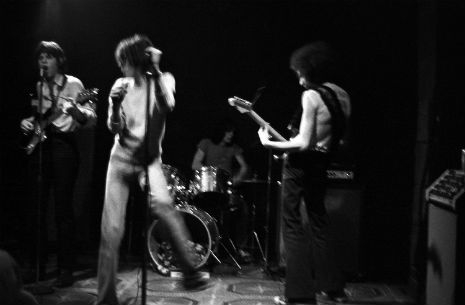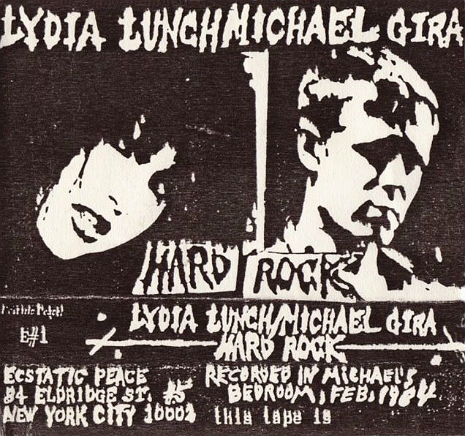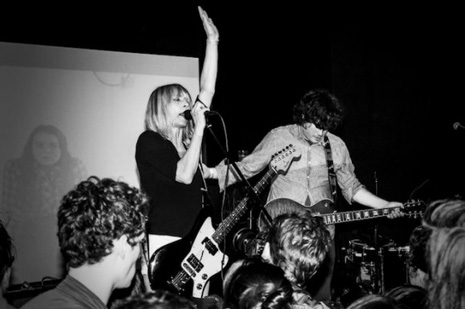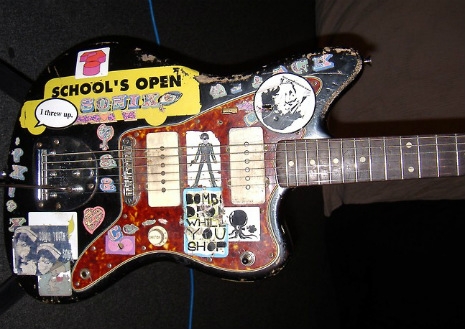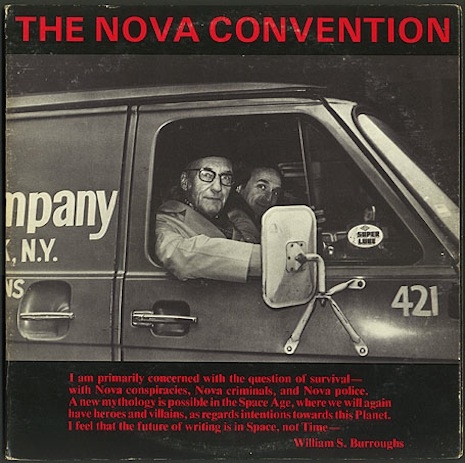
In 1978, after many years of living in London and Tangiers, William S. Burroughs decided to return to his home country. For a small group of artistic weirdos, this was a significant event, and a convention was held in his honor at the Entermedia Theater from November 30 through December 2, 1978, on Second Avenue and 12th Street in New York City (it’s no longer there). Much earlier, it had been announced that Keith Richards would be on hand, but after his heroin arrest in Toronto, his management calculated that it would not be wise to appear at a festival honoring the legendary deviant drug addict William S. Burroughs. Frank Zappa was enlisted to read the “Talking Asshole” section from Naked Lunch. Patti Smith, who wore “a glamorous black fur trench” in the words of Thurston Moore, objected mightily to having to follow Zappa and had to be placated by Burroughs confidant and organizer of the convention James Grauerholz, who explained to Smith that Zappa’s appearance was a last-minute necessity and not intended to show Smith up. You can listen to Smith’s contribution, in which she addresses Richards’ absence, here. At the “event party” for the convention, the musical performances included Suicide, The B-52s, and Debbie Harry and Chris Stein from Blondie. The inclusion of The B-52s is most fascinating, as they hadn’t even released their first album yet.

Other participants included Terry Southern, Philip Glass, John Cage, Laurie Anderson and Allen Ginsburg. You can read a writeup of the event from the December 4, 1978, edition of the New York Times: “Of the other performers, Mr. Burroughs himself was the most appealing, and this had less to do with what he was reading than with how he read it. Although he has created some enduring characters, he is his own most interesting character, and he was in rare form, sitting at a desk in a business suit and bright green hat, shuffling papers and reading in his dry Midwestern accent.” An LP and cassette documenting the event were released in 1979 and they fetch top prices today at Discogs.
According to Ted Morgan in Literary Outlaw: The Life and Times of William S. Burroughs,
The Nova Convention took place on November 30, December 1, and December 2, 1978, with the principal performances being held on the last two days at the Entermedia Theater, on Second Avenue and Twelfth Street, which had in the fifties been the fabled Phoenix Theater. Attending were an odd mixture of academics, publishers, writers, artists, punk rockers, counterculture groupies, and an influx of bridge-and-tunnel kids drawn by Keith Richards, who made the event a sellout.
-snip-
Saturday night the Entermedia was packed, largely with young people waiting to see Keith Richards. There was a small hitch, however, which was that Keith Richards had cancelled. He was having problems as the result of a heroin bust in Toronto, and his office convinced him that appearing on the same program with Burroughs was bad publicity.
But the show had to go on, and the composer Philip Glass, playing one of his repetitive pieces on the synthesizer, was thrown to the wolves. The disappointed kids who wanted Keith Richards shouted and booed. Then Brion Gysin went on amid cries of “Where’s Keith?” and found himself hoping that the riot would not start until he had done his brief turn.
In a last-minute effort, James Grauerholz had recruited Frank Zappa to pinch-hit for Keith. He volunteered to read the “Talking Asshole” routine from Naked Lunch. But as Zappa was preparing to go on, Patti Smith had a fit of pique about following him. James did his best to make peace, saying “Frank has come in at the last minute, and he’s got to go on, and he’s doing it for William, not to show you up.” Patti Smith retreated to the privacy of her dressing room, and Zappa got a big hand, because that’s what they wanted, a rock star.
From July 1 through July 13, the Red Gallery in London is putting on an exhibition dedicated to the Nova Convention. The exhibition is curated by Thurston Moore and Eva Prinz; Moore, who was present at the event in 1978, supplies a short piece called “Nova Reflections” to the exhibition catalogue; here are some snippets of that:
What I remember of the Nova Convention, in my teenage potted reverie, was a palpable excitement of the importance of Burroughs’ return to NYC. He had been living and working in London for some time, and before that, was residing in Tangiers. My awareness of the poets and performers on the Nova Convention bill was obscure, but I did realise everyone there had experienced a history in connection to the man. The poet Eileen Myles performed, and I have a hazy memory of what she has since reminded me was a polarising moment that night: She and a femme cohort came out on stage and performed the so-called William Tell act where in 1951 Burroughs tragically sent a bullet through his wife Joan Vollmer’s skull, killing her instantly. According to Eileen she was hence persona non grata backstage, and frozen out from the coterie of avant lit celebrities shocked at her “reminder” performance.
-snip-
Glass’s idiosyncratic high-speed minimalist pianistics was natural, gorgeous and sublime. Zappa came out and read a Burroughs excerpt “The Talking Asshole” which seemed appropriate and was mildly entertaining. Patti hit the stage in a glamorous black fur trench, purportedly on loan from some high-end clothier. She rambled on a bit, brazenly unscripted, testing the patience of the long night when out of the audience some fan-boy freako leapt on stage and bequeathed her with a Fender Duo-Sonic guitar. She accepted it cooly and before long was gone. And we stumbled into the 2nd Avenue night.
In his catalogue piece, Moore leads with an anecdote about photographer James Hamilton, whose astonishing pictures of rock icons are collected in the book (Moore was intergral in putting that book together as well) You Should Have Heard Just What I Seen. Hamilton was covering the event for the Village Voice, and while it’s not stated as such, presumably many of Hamilton’s photographs, are featured in the exhibition.
Here’s Timothy Leary, Les Levine, Robert Anton Wilson and Brion Gysin engaging in “conversations” about Burroughs’ work:
And here’s Frank Zappa reading “The Talking Asshole” from Naked Lunch:
Preview video of the “Nova Convention” exhibition at the Red Gallery:
via {feuilleton}
Posted by Martin Schneider
|
06.30.2014
12:31 pm
|
